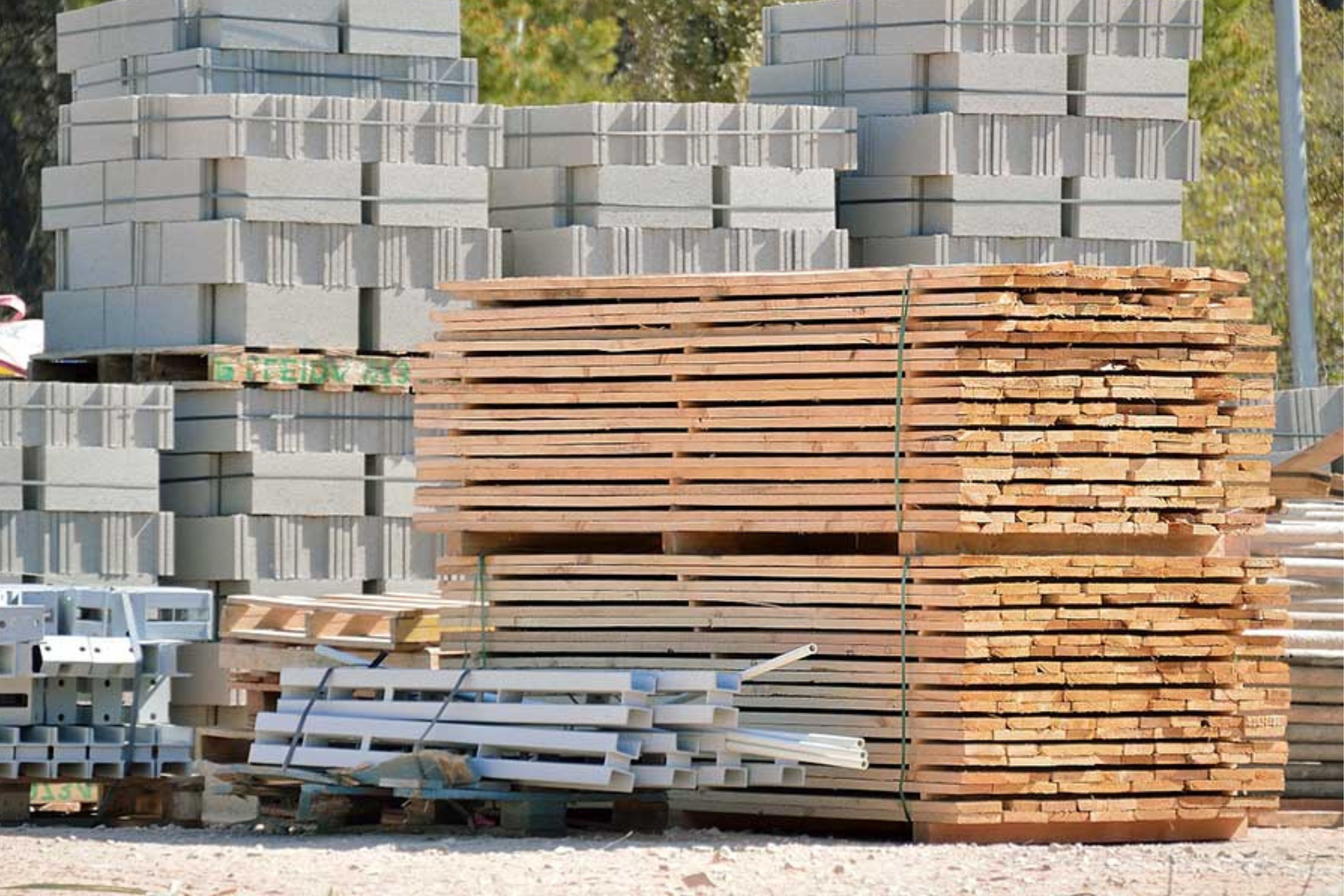What are kitset homes?
As people look for cost-effective alternatives to conventional construction, kitset homes are popping up all over New Zealand. So what exactly is a kitset and how does it compare to other options?
Kitsets offer a do-it-yourself way to build a house. However, to ensure all newly built houses are safe, comfortable, and durable, it is recommended to hire a qualified builder.

What is a kitset home?
A kitset consists of the separate components of the home, such as the walls, roof, windows, and doors. These elements are manufactured according to the required specifications before being delivered to the building site. At this point, it is the homeowner's responsibility to project manage the entire building and compliance process.
Building a kitset home
Building a kitset is like putting a large 3D puzzle together. With the instructions included in the kit, you or your builder will assemble it piece by piece. The kitset home construction timeline is as follows:
- Choose a floor plan.
- Confirm specifications.
- Obtain building consent.
- Your supplier manufactures components in the factory.
- Your supplier delivers the kit to your building site.
- Your builder assembles the kitset.
Most kitsets are delivered with the timber frame already tacked together. This means the outer shell can be erected quickly, usually in a matter of days. Completing the framing gets you closer to weatherproofing and protecting the timber from the weather.
Some kitset companies only offer delivery while others complete certain aspects of construction for you. This varies from company to company so always do your research.
If you are interested in an affordable way to own a new home, consider a prefab home instead. At Genius Homes, we include full project management and transparent prices to offer you a hassle-free experience. You can find our full prefab building process here.
Project management
In most cases, the project management of your kitset is the homeowner's responsibility. If you aren't comfortable ordering materials, booking tradies, and chasing deadlines, you can hire a project manager as an extra expense.
In comparison, prefab homes are fully managed by your building company. At Genius Homes, we include full project management in our pricing structure so there's no expensive surprises along the way.
The difference between a kitset and a prefab
A kitset house is built on-site from prefabricated materials. While this may be faster than conventional construction, it is still exposed to the weather and related delays. You are also responsible for arranging the contractors, building consent, and compliance.
On the other hand, a prefab home is built in a specialised factory and transported to your section. The entire project is managed by the supplier, including building consent, compliance, site work, and delivery.
Want to know more about kitset homes?
Have a look at the following resources.
Join our newsletter
Stay updated with everything you need to know about our prefab homes.


/2021%20Catalogue/Updated%20Catalogue%20info/Construction/Kitset%20vs%20prefab.jpeg)
.png)